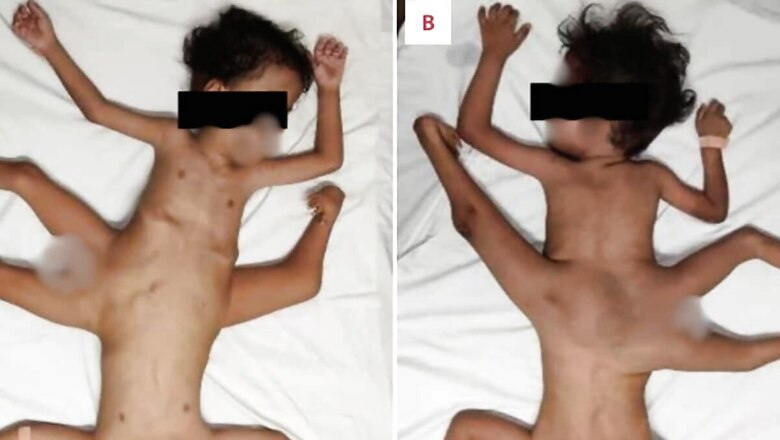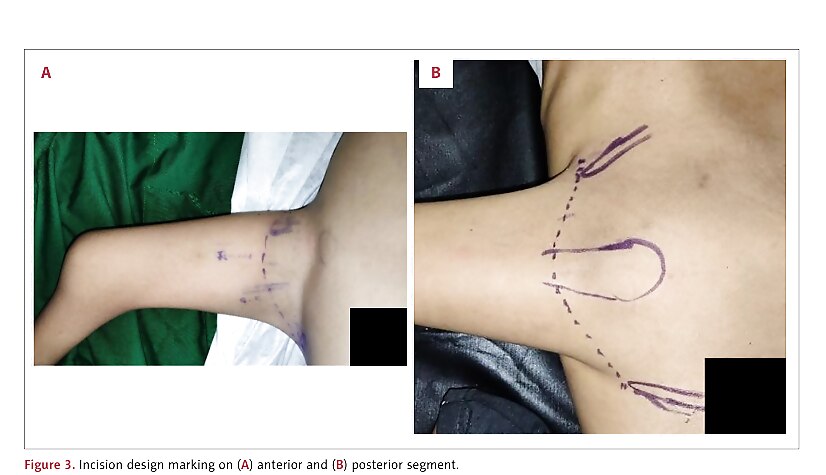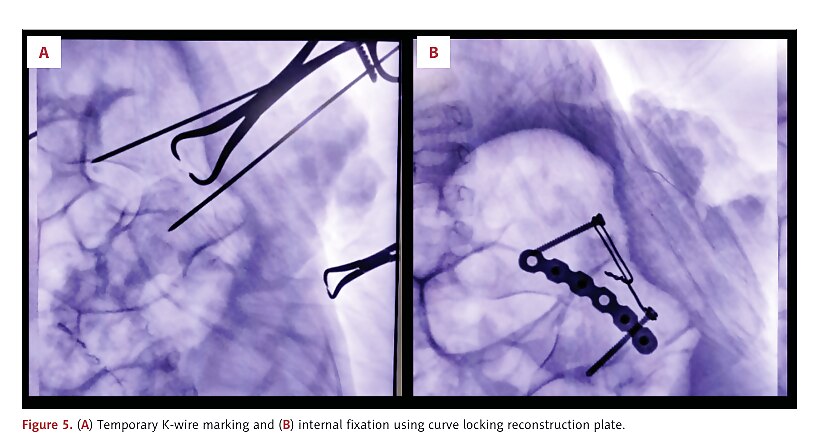
views
A rare case of conjoined twins in Indonesia, with a condition called “ischiopagus tripus,” has been successfully managed through complex bone surgery. The twins, aged three, were joined at the pelvis region and shared internal organs with distinct anatomical features.
Despite being inseparable, the surgical team opted for procedures to improve their mobility and quality of life. “The rarity of ischiopagus tripus conjoined twins complicates the surgical separation, owing to the lack of cases and high complexity,” the American Journal of Case Reports said in a report.
CONJOINED TWINS



1 pair in every 50 000 to 200 000 births
“Conjoined twins are typically rare to be encountered with in the medical field, with the incidence of 1 pair of twins in every 50 000 to 200 000 births. The rarity of such cases can be rooted in the stillbirths or infant deaths that occur in as many as two-thirds of all conjoined twin cases. There seems to be a higher proportion within the female population, with a ratio of 3: 1,” the research paper said.
The twins were born with fused bodies at the pelvis, sharing one umbilicus and having one fused leg between them. They share internal organs, including the bladder, intestine, and rectum. The condition was visualised via angiography computerised tomography scans. After extensive discussions with medical ethics committees and the twins’ parents, a surgical plan was agreed upon.
The bone surgery involved disarticulation of the fused third limb and orthopedic correction to align their trunks vertically. The surgical team reconstructed the pelvis using advanced techniques, successfully stabilising the twins’ bodies. The surgery, performed by a team of orthopedic surgeons, involved careful planning and execution. An incision was made, followed by disarticulation of the fused limb and pelvic wedge osteotomy to realign the trunks.
Surgical instruments such as locking plates and screws were used to ensure stability. Post-surgery, the twins showed remarkable improvement in mobility and underwent regular follow-up appointments. “In this case of inseparable ischiopagus twins, orthopedic intervention offered great potential benefits for mobility and development,” the research paper said. However, it added that every case of conjoined twins needs to be individually treated, and interventions should be aimed to provide optimal outcomes.



















Comments
0 comment